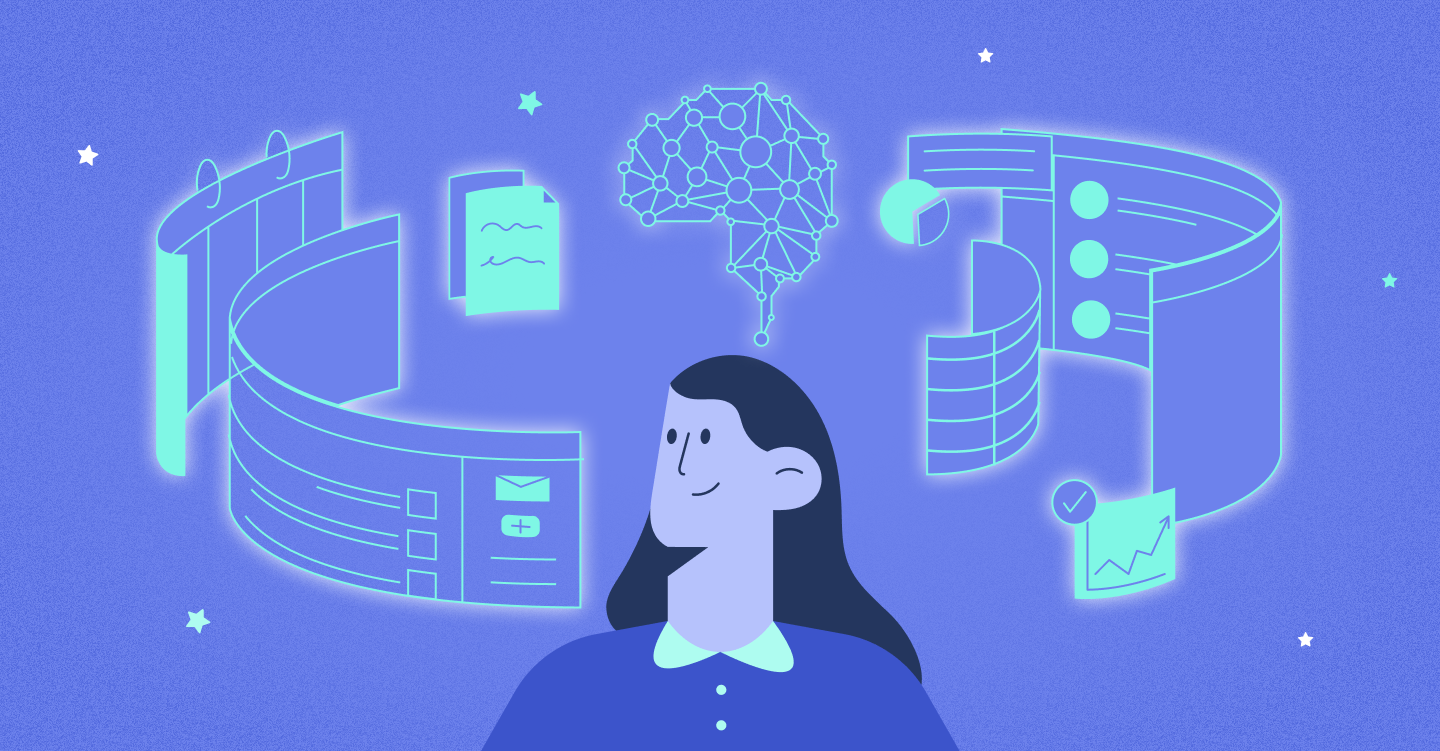Copper blog

Productivity - 6 min READ
You’re not ‘too small’ for a CRM
Struggling to stay organized? A CRM might be your best next move.

Productivity - 4 min READ
Hiring your first freelancer (and how to work with them)
Hiring your first creative freelancer? Read this before you post a job description.

Productivity
The future of media is community-driven—here’s how to keep up
Clicks are out, community is in—let’s talk about why.

Productivity - 8 min READ
5 Ways to use Pipeline email automations that save your team time
Save hours with smarter email follow-ups that scale with you and help you never miss a beat

Marketing - 6 min READ
How consultants can turn content marketing into a lead-gen machine
Turn your expertise into leads with content that works on autopilot.
Get the latest from our blog every month
Browse the blog
Want to go deeper? Click on a category below for more from Copper.
Popular

5 min READ
CRM Wrapped 2024: Your year in CRM wins
How did customer relationship management (CRM) platforms shape businesses like yours?

6 min READ
How to spot a slow season and thrive through it
Learn how to plan ahead, refresh your strategy, and make the most of quiet times for your agency.

How to apply Copper's Pipelines to your workflows for success
Boost your productivity with Copper CRM's newest upgrades and features.

8 min READ
How to say "thanks" to a client or customer for their business
Learn how to thank customers effectively with our guide. Discover strategies for sending personalized thank you notes and emails that strengthen your business relationships.

Productivity - 5 min READ
Email templates to use for any and every holiday
Ditch the writer’s block! These holiday email templates help you connect and celebrate with customers.

Marketing - 8 min READ
5 Forms you need on your website to capture more leads
Capture more leads, automate follow-ups, and keep your pipeline full with these must-have website forms.

Productivity - 8 min READ
How to make AI content not sound like AI (and actually feel human)
Give your AI-generated content more personality. Edit smart, break the rhythm, and ditch the robotic tone to make it you.

Productivity
When it’s time to upgrade from Dubsado
Need to level up your CRM as your business grows? Here’s a Dubsado alternative to consider.

Productivity - 5 min READ
Niching your agency: How to stand out and scale up
Want to stand out and scale your agency? Niching makes it easier to attract dream clients, charge more, and grow faster. Here’s how to find your niche!

Marketing - 9 min READ
Getting started with B2B customer journey mapping: A guide
At its core, journey mapping is about seeing your business through your customer’s eyes.

Client success - 7 min READ
Love languages in business: The key to customer relationships
Turn customers into loyal fans. Discover how to speak their love languages and build relationships that last.

Productivity - 4 min READ
A day in the life: Copper's Feed in action
Stay organized and focused with Copper’s updated Feed.

Sales - 4 min READ
4 Reasons to choose Copper vs. Pipedrive CRM
Looking for a new CRM and evaluating Pipedrive alternatives? Here’s a closer look at how Copper vs. Pipedrive compare.

Productivity - 5 min READ
Gemini for Google Workspace: Work faster, smarter, and stress-free
What exactly can Gemini do, and how can you start using it to win at work?

Productivity - 8 min READ
How agencies can use AI to become innovators in 2025
The real innovators aren’t just dabbling with AI: they’re embracing its full potential.

Productivity - 4 min READ
8 great ways to use Copper’s email automations
Boost efficiency and engagement with email automations.

Sales - 5 min READ
Organize your freelance roster with Copper
Track freelancers, automate tasks, and streamline communication with ease.

Productivity - 8 min READ
Unique networking tips you need to try
Turn heads and making lasting connections with these unique networking tips.

Marketing - 6 min READ
Top 2025 marketing trends for B2B businesses
Here are the top 5 marekting trends that will help your business in 2025

Marketing - 4 min READ
Solve the LinkedIn attribution problem with Copper x Fibbler
Prove LinkedIn's impact with Copper x Fibbler—track ROI and grow smarter!

Sales - 8 min READ
9 Strategies to turn one-time projects into retainer clients
Imagine steady revenue flowing in every month and a roster of clients who trust you as their go-to expert.

7 min READ
Top 6 things to look for in a CRM for agencies
Some CRMs are better-suited for agencies than others. Learn what features to look for in the best agency management systems